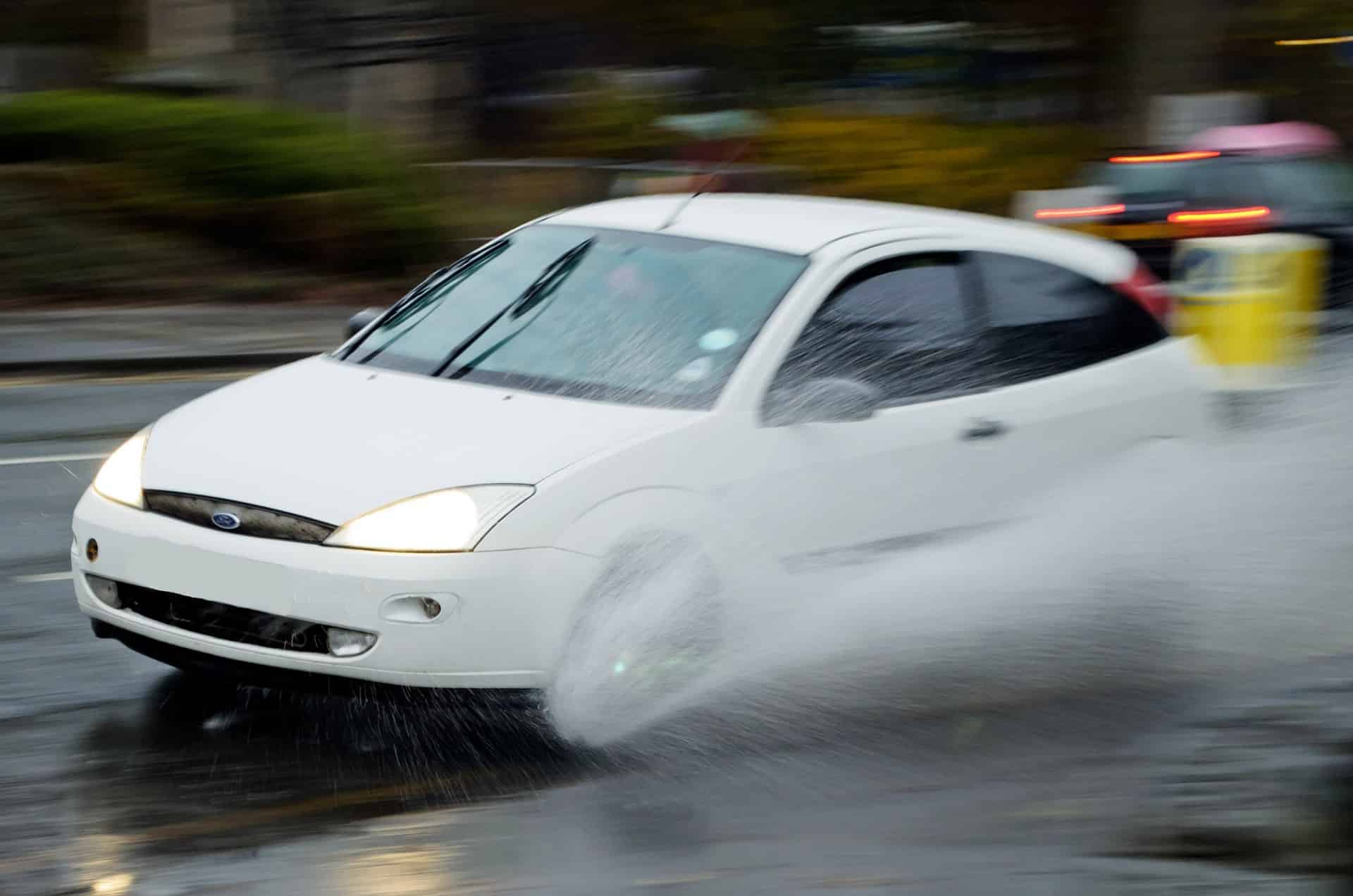
In a world where electric vehicles sales are expected to exceed one million in the US by 2023, a revolutionary technology is emerging that will transform the EV industry. Wireless EV charging while driving is the next big thing. Companies like InductEV and Stellantis leading the way and test roads already build in Sweden and Italy. This technology eliminates the need for charging stations and waiting times, offering convenience and efficiency. It also provides a perfect use case for autonomous vehicles.
- Wireless EV charging technology, also known as dynamic wireless power transfer (DWPT), uses electromagnetic induction and coils to transfer power wirelessly to electric vehicles while they are in motion or stationary.
- InductEV has already had successful installations in Gothenburg, Sweden, while Stellantis has demonstrated the technology in Italy.
- Real-world implementations of this technology are already underway in various locations, including a one-mile stretch of highway in Florida and a one-mile stretch of road in Detroit, USA.
Understanding the technology
Wireless EV charging technology, also known as dynamic wireless power transfer (DWPT), aligns with the spirit of automation and efficiency that electric and autonomous vehicles promise. This technology uses electromagnetic induction and coils to transfer power wirelessly through an “air gap” between the EV and its charging pad. To put it in simpler terms, the technology works similarly to a wireless phone charger, with the EV having a wireless receiver placed on its underside. This receiver must align with the charge coil positioned beneath the road’s surface for the power to be transferred to the vehicle.
This innovative technology enables EVs to charge either while stationary or in motion, eradicating the need for frequent stops at charging stations. It also offers an efficient way to extend the range of electric vehicles, thereby reducing range anxiety for EV drivers, and making electric vehicles more accessible and beneficial for the economy and the environment.
Trailblazers in the industry
Several companies are pioneering this technology, with InductEV and Stellantis being notable examples. InductEV, a leading company in the wireless EV charging space, has already had successful installations in Gothenburg, Sweden. Meanwhile, Stellantis, the parent company of renowned automotive brands like Fiat, Chrysler, Citroen, and Peugeot, has successfully demonstrated DWPT on a circuit in Italy, using wireless EV charging technology from Electreon.
Stellantis is not only committed to cutting-edge freedom of mobility as part of its Dare Forward 2030 strategic plan but also to decarbonisation and environmental sustainability. They have successfully tested the DWPT technology at the “Arena del Futuro” circuit in Chiari, Italy, with results showing that an electric vehicle like the Fiat New 500 can travel at typical highway speeds without depleting its battery.
Real-world implementations
Several projects worldwide aim to make charging while driving a reality. For instance, Norwegian green technology company ENRX has secured a contract to convert a one-mile stretch of highway in Florida for inductive charging of EVs. This dynamic wireless charging system will allow vehicles to charge while driving along the four-lane highway, even at high speeds.
In a similar initiative, the Michigan Department of Transportation (MDOT) has awarded Electreon the Electric Road System (ERS) contract to build the United States’ first, public wireless in-road charging system. This project will see a groundbreaking one-mile stretch of road that can charge electric vehicles as they move or sit stationary being built in Detroit, USA, as part of an inductive vehicle charging pilot program.

Despite the promising advancements in this technology, the cost of installing the coils makes it impractical for regular road projects. As such, companies like Stellantis aim to deploy this system in specific locations such as harbours or airports, where vehicles follow established routes for consistent distances.
A new era for electric vehicles
Wireless EV charging on-the-go is more than just an exciting new technology; it is a symbol of the future of the EV industry. With the potential to eliminate the need for charging stations, reduce waiting times and align perfectly with the automation of autonomous vehicles, this technology is set to revolutionise the EV industry. As trials continue and the technology becomes more cost-effective, we can expect to see a world where electric vehicles no longer need to be plugged in or visit petrol stations, making them more convenient and efficient than ever before.







